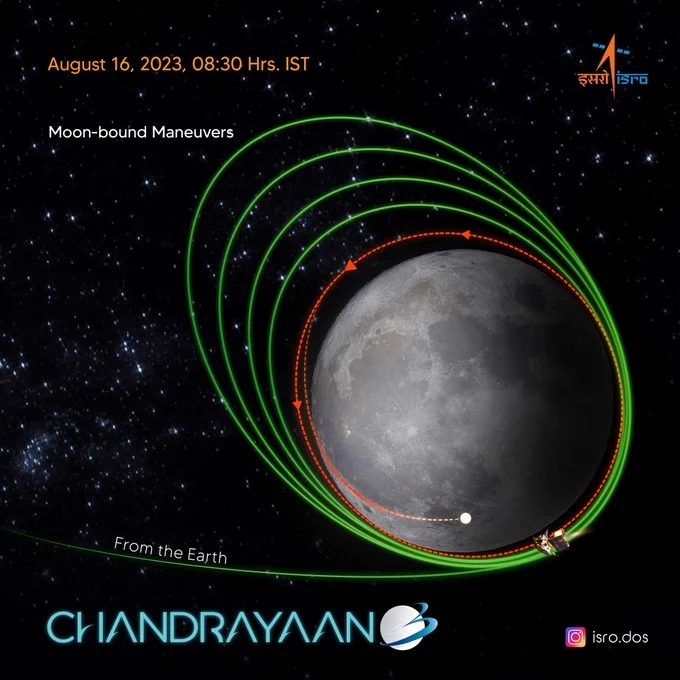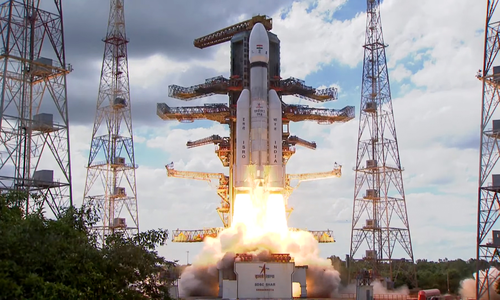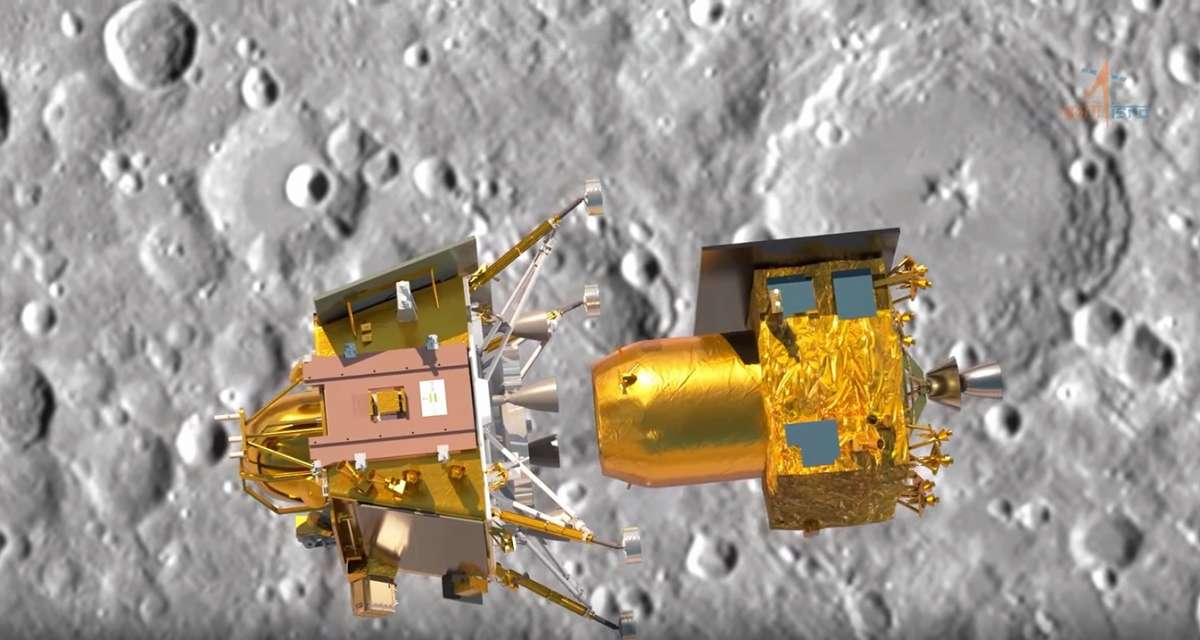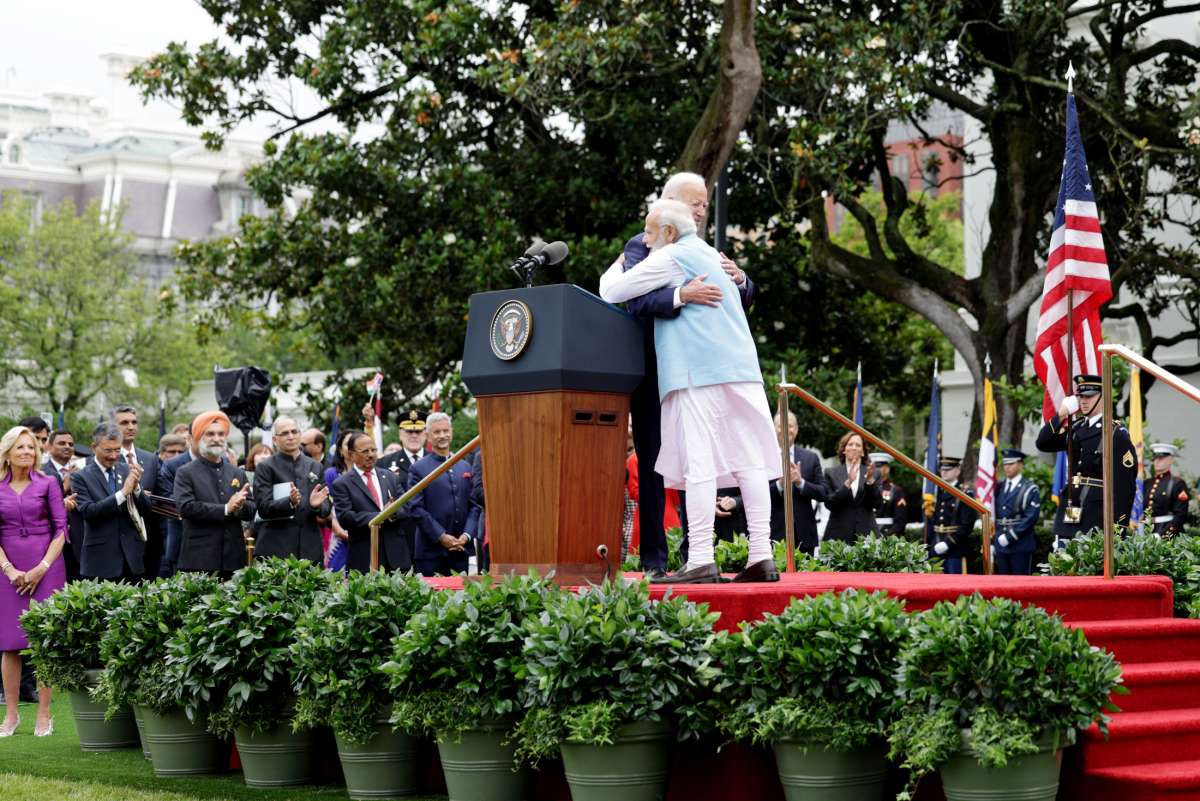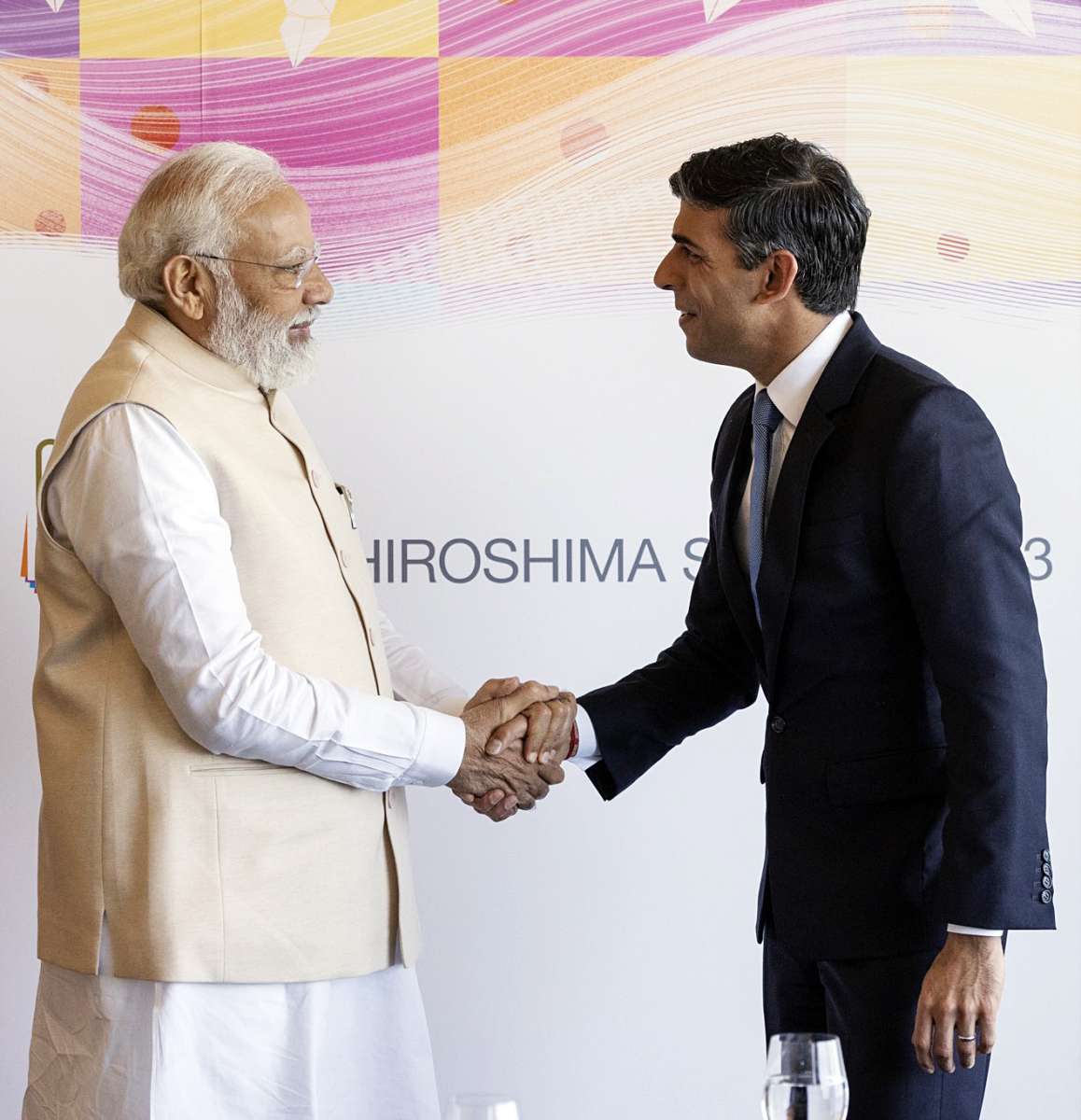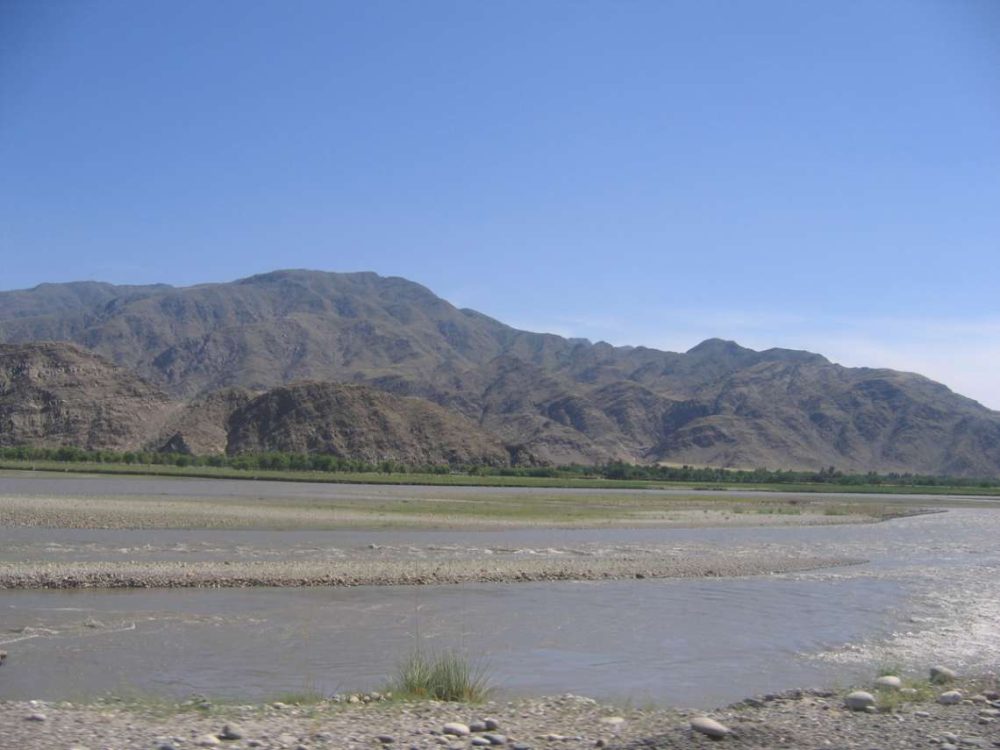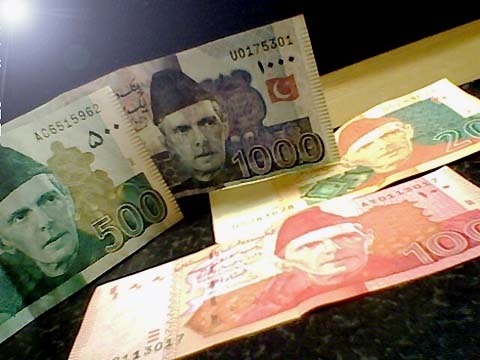The Chandrayaan-3 spacecraft comprises a propulsion module (weighing 2,148 kg), a lander (1,723.89 kg) and a rover (26 kg)…reports Asian Lite News
Suspense and excitement are building up across the nation as India will be attempting to soft land its lander on the moon on Wednesday evening. The Rs 600 crore Chandrayaan-3 mission is all set to provide the 19 minutes of terror, suspense and excitement for the officials of Indian space agency and others as the lander that was carried by Chandrayaan-3 spacecraft will start its descent towards the lunar soil.
It may be recalled that the Vikram lander that was part of the Chandrayaan-2 mission a couple of years back crashed on the moon while it was on the last phase of the landing.
The recent crashing of Russia’s Luna-25 spacecraft on the moon also adds to the feeling of terror, suspense and excitement about Chandrayaan-3’s lander.
If all goes well as planned on Wednesday, India will become the fourth nation in the world to soft land on the moon after Russia, USA and China. According to ISRO Chairman S. Somanath, the lander will be able to soft land even if all its sensors and two engines fail.
The Chandrayaan-3 spacecraft comprises a propulsion module (weighing 2,148 kg), a lander (1,723.89 kg) and a rover (26 kg).
Recently, the lander module got detached from the propulsion module and the latter is also circling the moon at an altitude of 25 km x 134 km. According to the Indian Space Research Organisation (ISRO), the lander will begin its moon landing descent at 5.45 p.m. on Wednesday and the touch down to happen at about 6.05 p.m.
The soft landing is a tricky issue as it involves a series of complex manoeuvres consisting of rough and fine braking. Imaging of the landing site region prior to landing will be done for finding safe and hazard-free zones.
The Indian space agency said the powered descent of the lander will happen from an altitude of 25 km. The lander will be hurtling at a speed about 1.6 seconds per km towards the moon, in a horizontal position. The officials seated in the Mission Operations Complex at ISRO Telemetry, Tracking and Command Network (ISTRAC), Bengaluru will remotely apply the lander brakes by reducing the speed in a process called rough and fine braking.
The rough braking will be for about 11 minutes and the remaining will be fine braking. The lander’s position will be changed to vertical and in that position, the craft will hover over the moon, taking pictures and surveying the landing zone to decide on a safe landing spot.
The lander carries the rover inside it and after safe landing on the moon, the rover is expected to roll down and do the scientific experiments assigned to it. The primary communication channel will be the Mission Operations Complex at ISTRAC, Bengaluru to Chandrayaan-3 Propulsion Module which in turn would talk to the lander and the rover.
Recently, the moon lander established communication links with the Chandrayaan-2 mission’s Orbiter that is circling the moon since 2019 and thereby having a backup talking channel. Meanwhile, the propulsion module of Chandrayaan-3 will go around the moon for some more period with its payload Spectro-polarimetry of Habitable Planetary Earth (SHAPE) doing its job.
The Chandrayaan-3 was put into orbit on July 14 in a copybook style by India’s heavy lift rocket LVM3. The spacecraft completed orbiting around the earth and headed towards the moon on August 1.
‘India will land on moon on Wednesday evening’
The Indian space agency is focused on landing its moon lander on Wednesday evening and is not looking at any postponement or Plan B, said a top official about the country’s third moon mission Chandrayaan-3.
“The landing is confirmed on Wednesday evening as originally planned,” S. Somanath, Chairman, Indian Space Research Organisation (ISRO) said.
Such a confident statement indicates that all the systems of the moon lander are in good health. Somanath was reacting when queried about a senior officials’ statement saying the landing will be postponed to August 27, if there are problems in the lander systems.
The official had also said, in the case of landing on August 27, then the new landing site will be about 400 km away from the original landing site on the moon.
The Indian space agency has also tweeted that the mission is on schedule. “Systems are undergoing regular checks. Smooth sailing is continuing. The Mission Operations Complex (MOX) is buzzed with energy & excitement!” ISRO said.
In case of any problem in the last minutes, then Plan B will kick in for ISRO. According to ISRO, the moon lander is capturing pictures of the landing site with its Lander Position Detection Camera (LPDC).
ALSO READ-ISRO’s Chandrayaan-3 moves ahead, lander module set for separation


